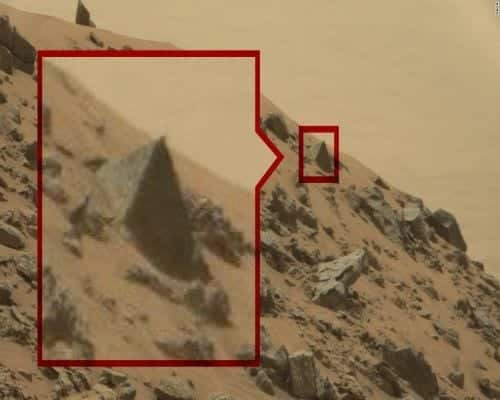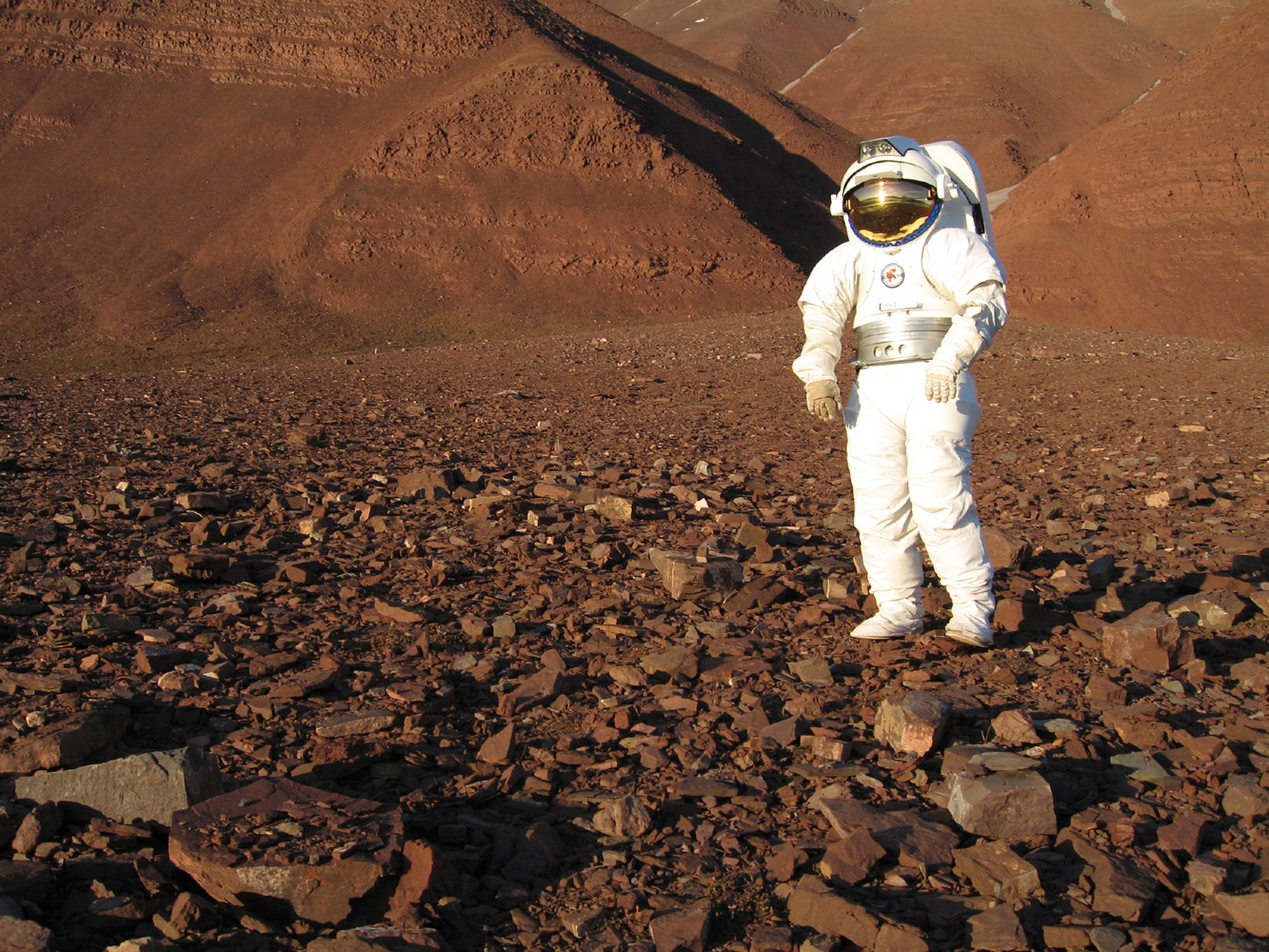
If you see on a planet that used to be Earth-like, a carved human face and a pyramid within 5 km of each other… it doesn’t take a rocket scientist to figure out what this all means, you can connect the dots… I mean sometimes, and I can tell you as a scientist, and I’ve seen other scientists do this, if you’re cornered, you’re just brazing it out, you hold up a picture of a buffalo and insist that it’s a dog.” Quote from a conference in Bastrop, TX, 2015.īut Brandenburg wasn’t the only one to suggest there are things on Mars that are just inexplicable.ĭr. These two pictures tell you everything you need to know about what’s at Cydonia Mensa. There’s the face on Mars there’s the D & M pyramid… Here it is in a second shot, this was taken July 25th, this was taken 30 days later, and the government was apparently doing a follow-up investigation. “Someone complained to me, John, why do you have to bring Cydonia into this? And I said because I can read a map… Here’s what’s at Cydonia Mensa. Speaking about the structures on the surface of Mars, Dr.

Brandenburg was the Deputy Manager of the Clementine Mission to the Moon, which discovered water at the Moon’s poles in 1994.Ĭurrently, Brandenburg works as a consultant to Morningstar Applied Physics. Brandenburg worked on numerous scientific projects and also worked for the government.

John Brandenburg is one of the most important scientists who has spoken about Mars, the structures on Mars and alien life on the red planet.ĭr. He also concluded that the structures in the Cydonia region were inconsistent with the regional geology. He actually found various mathematical relationships that pointed to other objects in the area that he thought were artificial-looking. In the 1980’s A cartographer and satellite imagery expert from the Defense Mapping Agency named Erol Torun took a look at the pyramid and concluded that it was what he called the Rosetta Stone of Mars. In addition to spotting the FACE on Mars, the Viking 1 spacecraft also photographed a structure that resembled –incredibly- the great Pyramid of Giza. NASA described it as a “huge rock formation… which resembles a human head… formed by shadows giving the illusion of eyes, nose, and mouth.” The authors concluded that it would be a good way to “engage the public and attract attention to Mars.” NASA even had a press conference to announce this discovery. A massive two-mile long ‘FACE’ was spotted in the so-called Cydonia region on Mars, leaving experts in total confusion. Ther mission was to look for traces of life, and obtain high-resolution images of Mars, and to study the composition of the Martian atmosphere.Ĭuriously, as the Viking 1 spacecraft was orbiting the red planet, it spotted a strange structure on the surface of Mars. Both probes took images of the red planet from orbit, and the first space probe made it successfully to the surface of Mars in July 1976, and the second lander just a month later. If there’s just a slight possibility that Mars was home to advanced beings, wouldn’t these beings have created structures, monuments and similar buildings like we did on Earth? If they did, is there any chance that we found such structures on Mars today?Īccording to images of the surface of Mars, taken by the space probe Viking 1 and Viking 2, there’s more to Mars than just a lifeless planet.īoth probes launched in 1975 and made ti successfully to Mars. Thanks to the numerous rovers and spacecraft on Mars, scientists have discovered that there is liquid water on the red planet today.Įxperts have found that in the distant past, Mars had massive oceans of liquid water, lakes, rivers and an atmosphere that was eerily similar to that of Earth today.īut what about life? What about advanced life? Is there any possibility that Mars was inhabited by advanced alien civilizations in the distant past?

Today, we know that Mars was something like a ‘second Earth’ millions of years ago when our solar system was much younger. In fact, in the last couple of decades, scientists changed their mind about Mars drastically. What do we know about Mars? We know that the planet that was once thought to be lifeless, dry and dead in fact is much more similar to Earth. If you see on a planet that used to be Earth-like, a carved human face and a pyramid within 5 km of each other… it doesn’t take a rocket scientist to figure out what this all means, you can connect the dots. These pictures tell you everything you need to know about what’s at Cydonia Mensa.


 0 kommentar(er)
0 kommentar(er)
